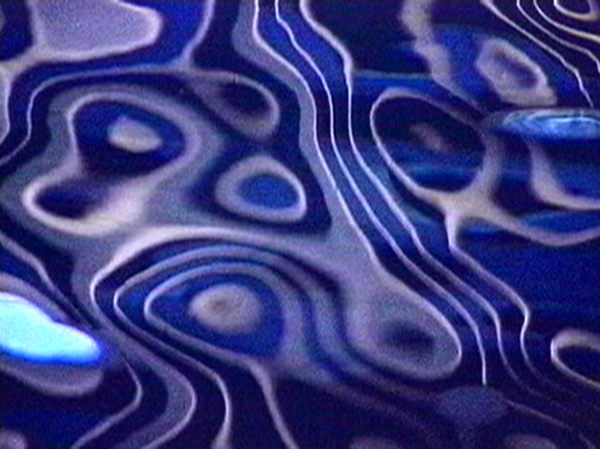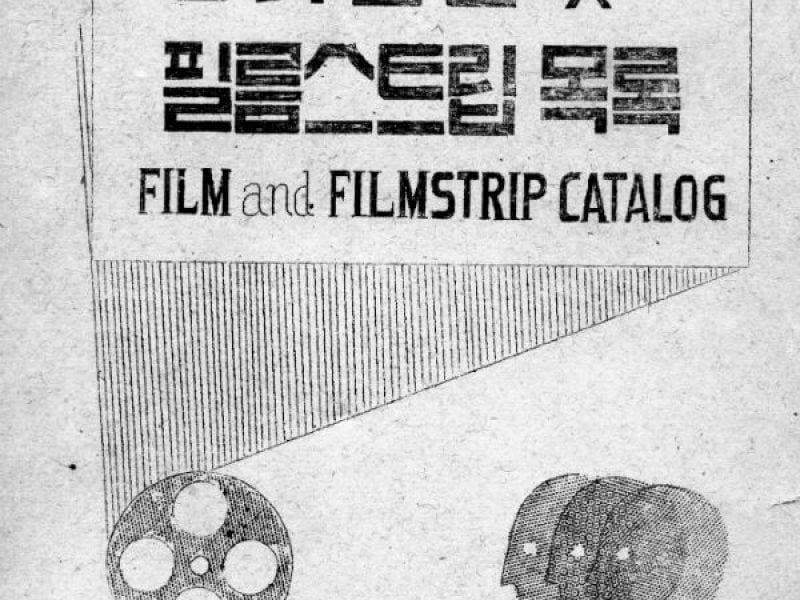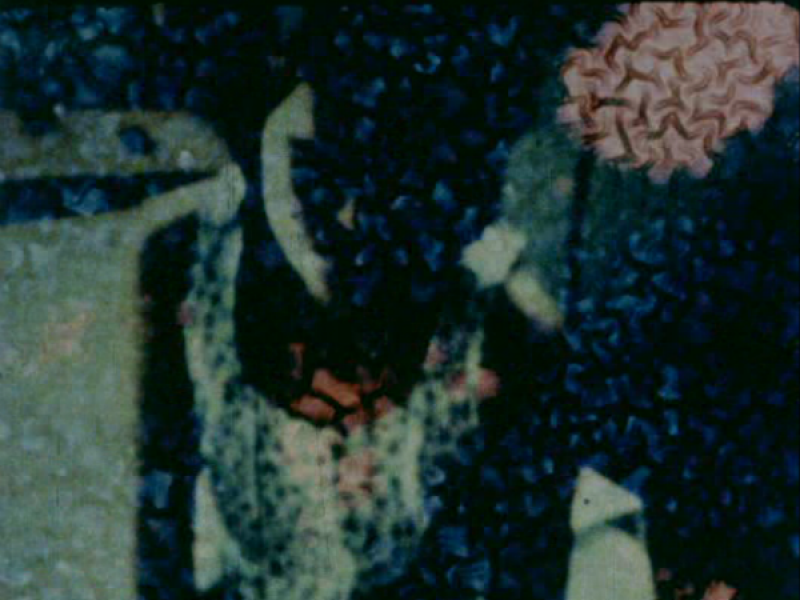11 November, 8:00pm
Tickets via Close-Up
Early works by Cho such as The Island with Striped Sky (1993, made in collaboration with the painter Sang-Wook Cho), Forward, Back, Side, Forward Again (1995) and Identical Time (1997) display tropes of isolation and loss within the urban environment of his adopted home of New York. Cho’s gaze is that of a passersby filming the city’s busy transport system, depicted as a transient zone made of fleeting images abstracted through the use of visual manipulations, texts and dense soundtracks. orange factory (2002) is a beautiful and haunting video that sees the author travelling the back-roads of the Korean countryside using twilight as a metaphor for his own feelings of displacement, his personal identity and history. Cold Pieces (1999) morphs technology and nature – images of water owing become a powerful equivalent for Seoungho Cho’s aesthetics, standing for constant mutation and in nite variation. This blending of the elements is used by the artist to create meditative landscape pieces such as Shifted Horizon (2009) filmed in the Death Valley desert or the very recent Latency/Contemplation 1 (2016), where the lines of the horizon are transformed into abstract dynamic moving lines of colour and light. The video theorist Laura U. Marks wrote in reference to Cho’s pieces that he manipulates “images that give up their optical clarity, to engulf the viewer in a flow of tactile impressions”. This sense of gesture so present in the artist’s work is represented beautifully in 1/1 (2001) the short and delicate film opening this selection: shot on old stock material, the film shows the filmmaker rubbing his fingers against the video strip before unveiling a degraded colour image of a moth flapping its wings. (RMC)
Works included in this screening: The Island with Striped Sky (1993), Forward, Back, Side, Forward Again (1995), Identical Time (1997), Cold Pieces (1999), 1/1 (2001), orange factory (2002), Shifted Horizon (2009), Latency/Contemplation 1 (2016).
12 November, 8:00pm
Tickets via Close-Up
Screening of Full of Missing Links (2012), by Soa Sung-a Yoon. After having her first child, Sung-a Yoon sets out to find her long-lost father, whom she hasn’t seen since her parents’ separation when she was still a child. Travelling to Korea with her boyfriend and son, a video camera and a sound recorder, she documents the whole process. The result is a tender, and often humorous, family travelogue. Full of Missing Links also proposes a clinical examination of society and culture in Korea, a country which – like Sung-a herself – has been marked by separation.
Born in Korea, raised in France, and based in Brussels since 2004, Sung-a Yoon’s work is often concerned with states of translation and displacement. Yoon searches in language and music for the ways in which absence can mani- fest itself. (MPC)
This is followed by Im Go-eun’s “EPISODE 4 : BECAUSE THE OUTSIDE WORLD HAS CHANGED…”
Combining archival images and essayistic narration, Episode 4 reflects on the Dutch Filmmuseum at a moment of critical technological and institutional change: the Filmmuseum’s transformation into EYE and relocation from the Vondelpark to the north bank of Amsterdam’s waterfront in 2012. (MPC)
‘because the outside world has changed…’ is a project that tests and tastes the solidarity be- tween a variety of old and new technologies in- uencing our ways of relating with the world. – Im Go-eun





